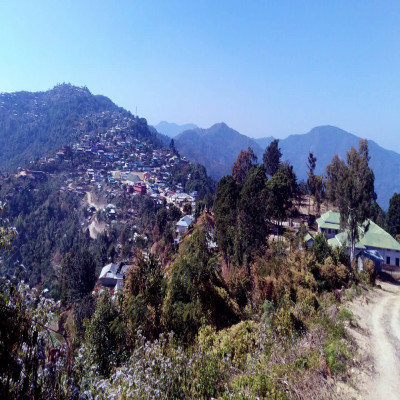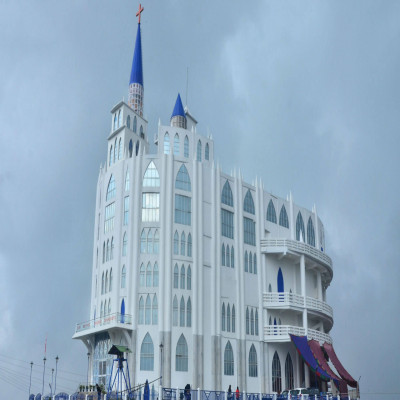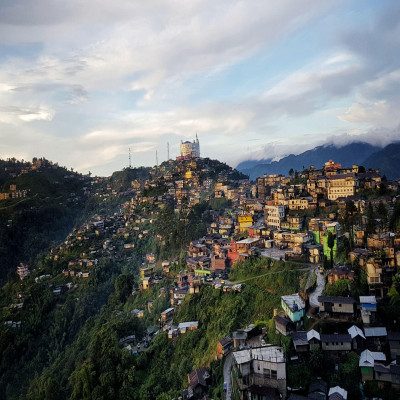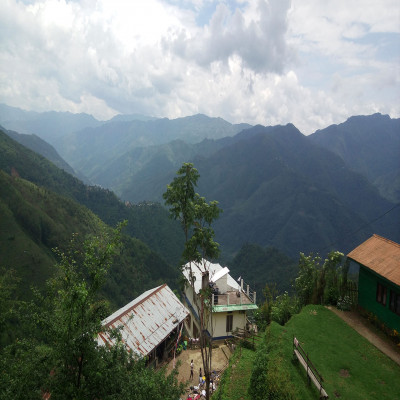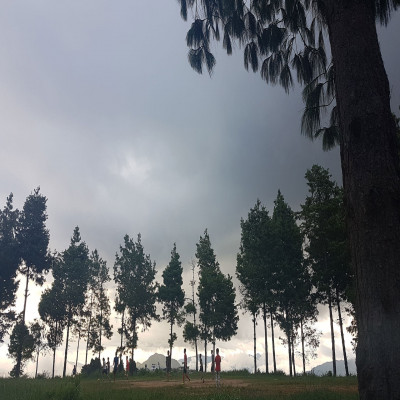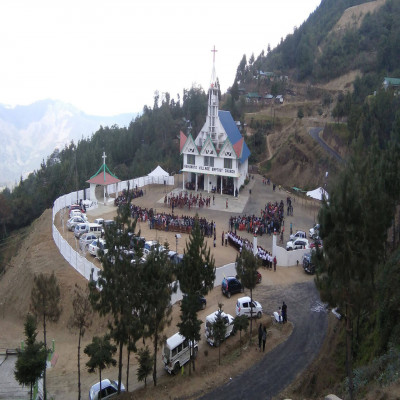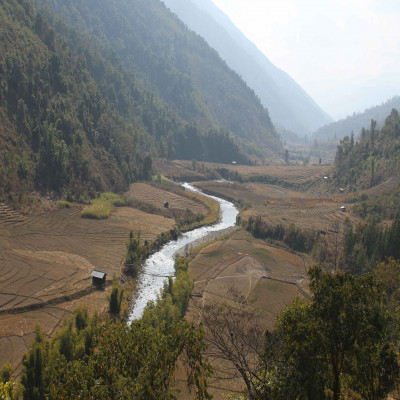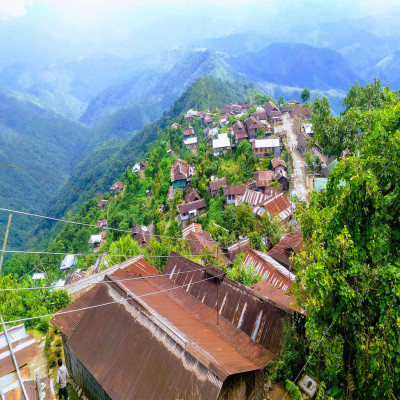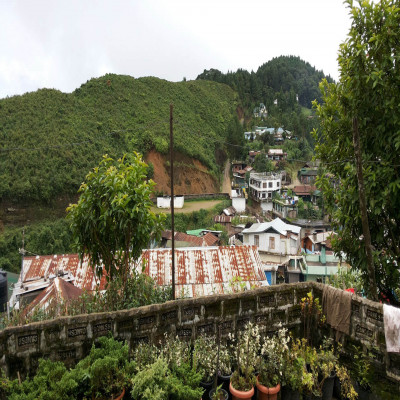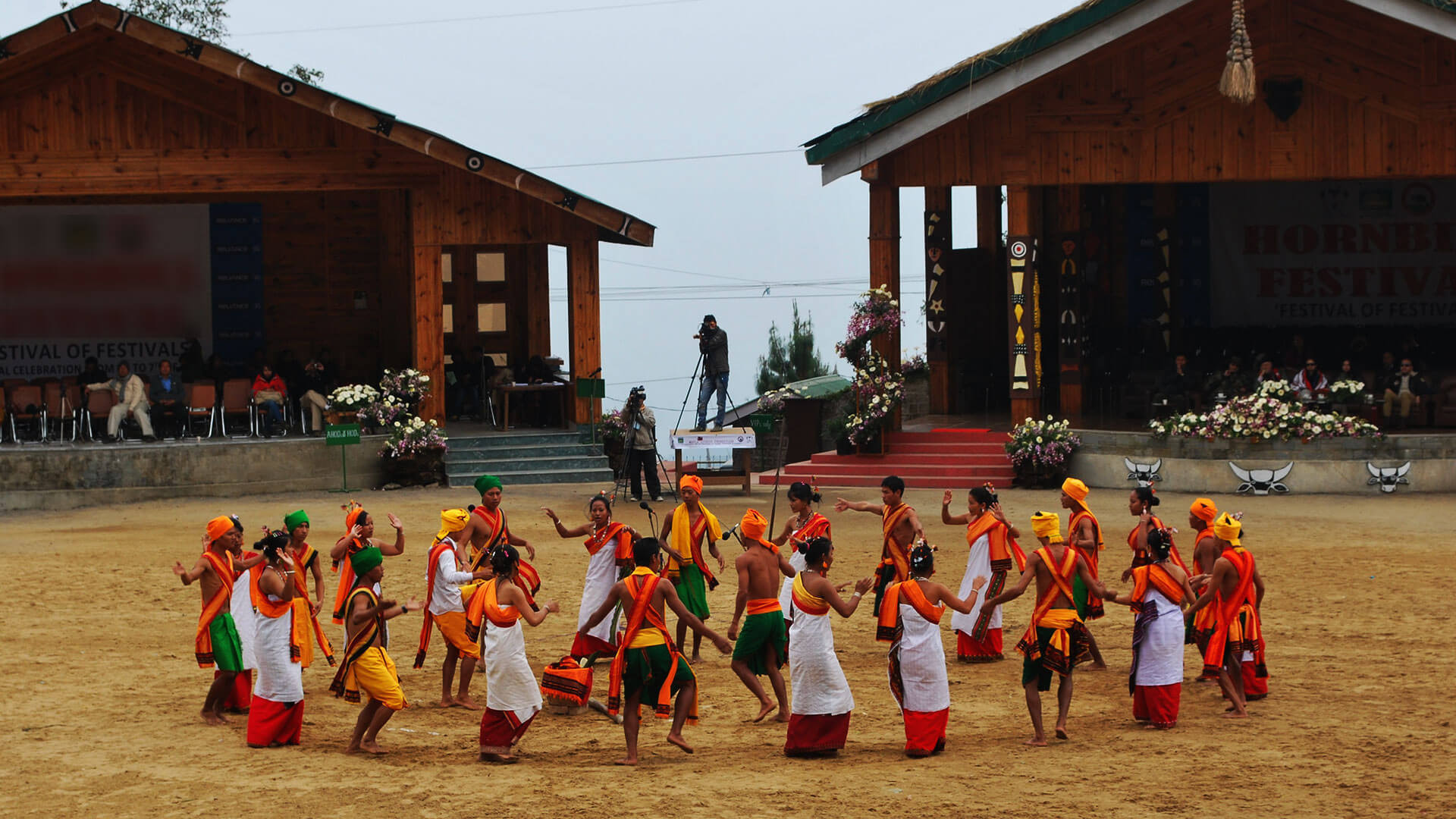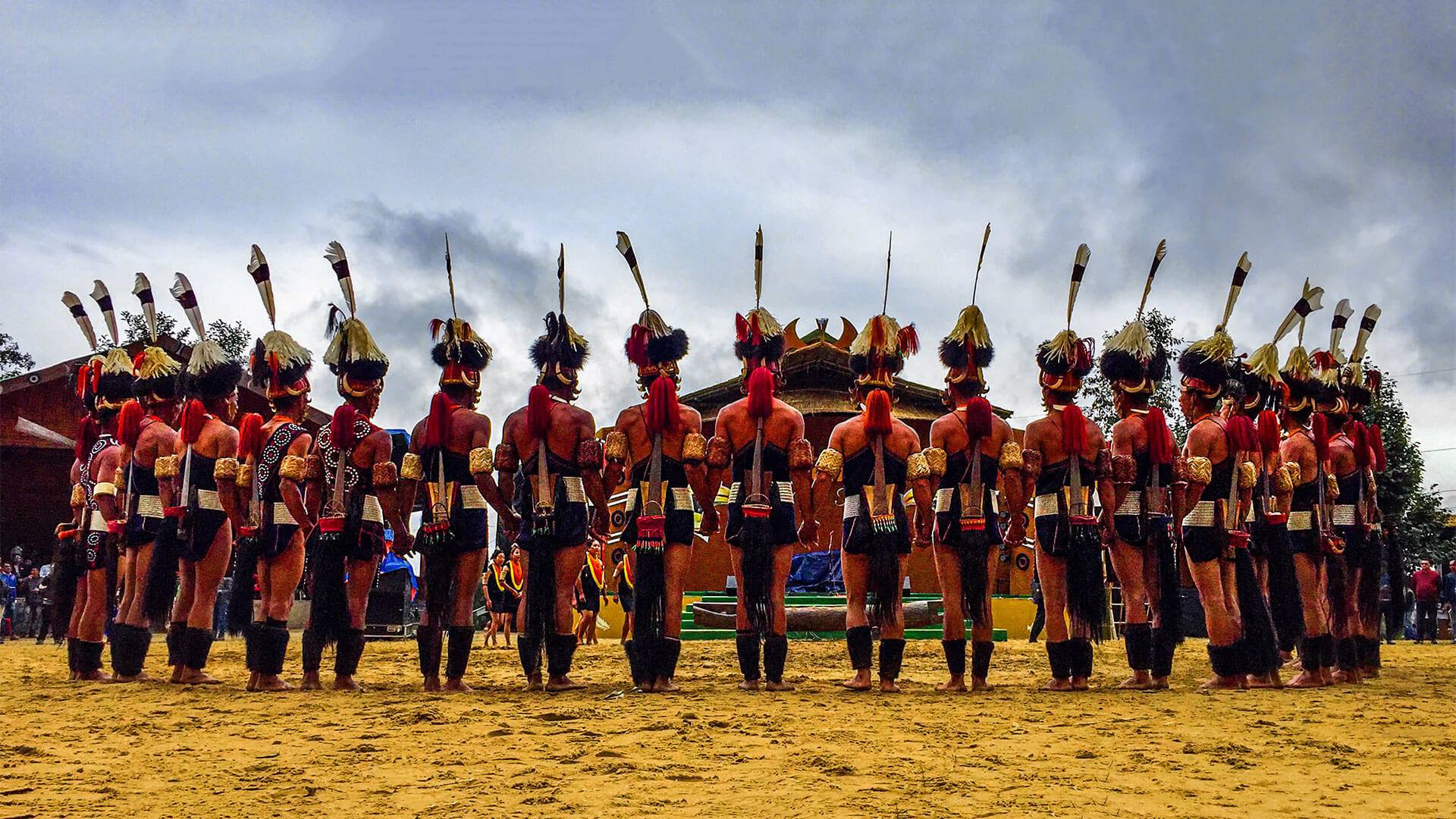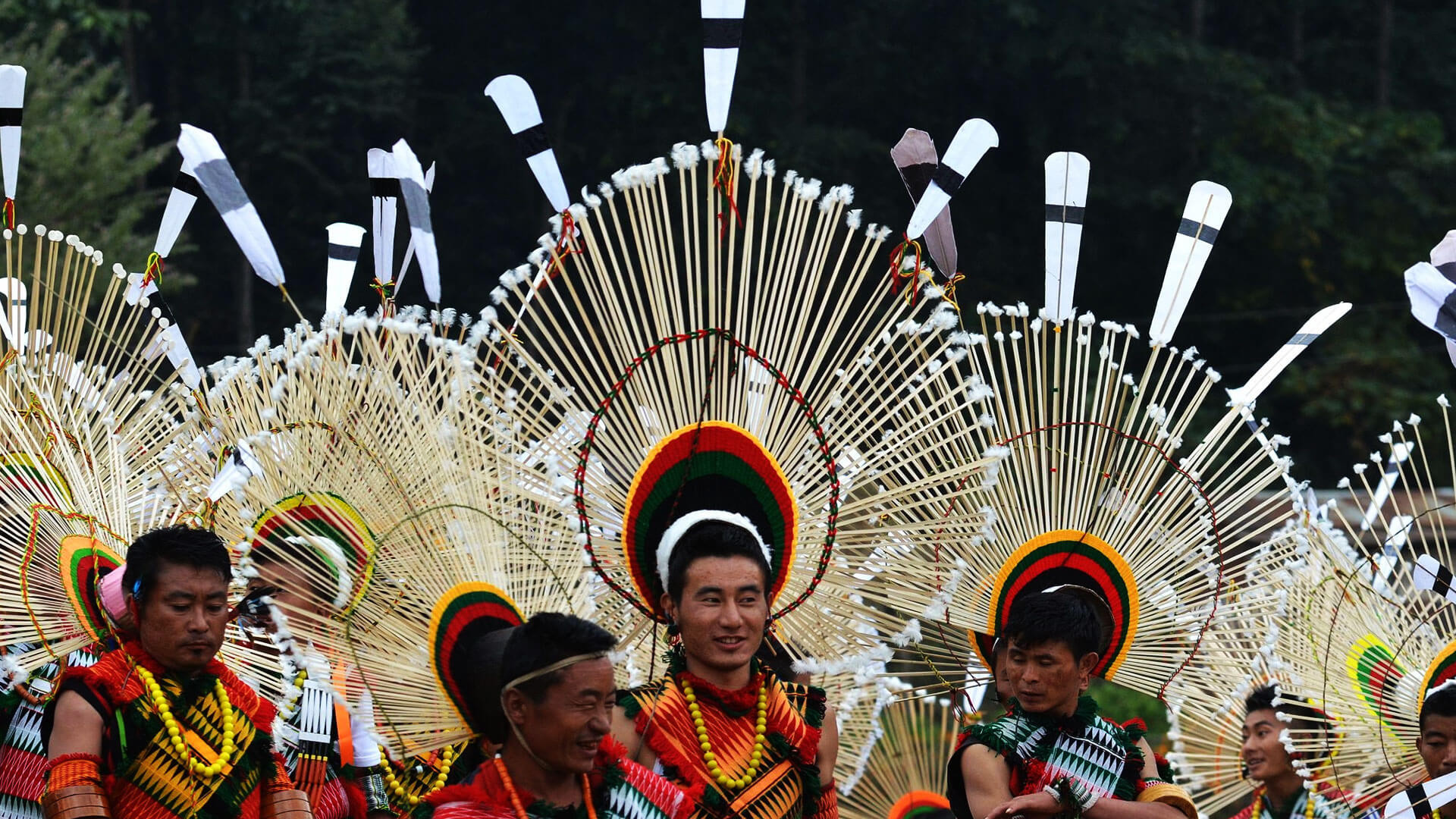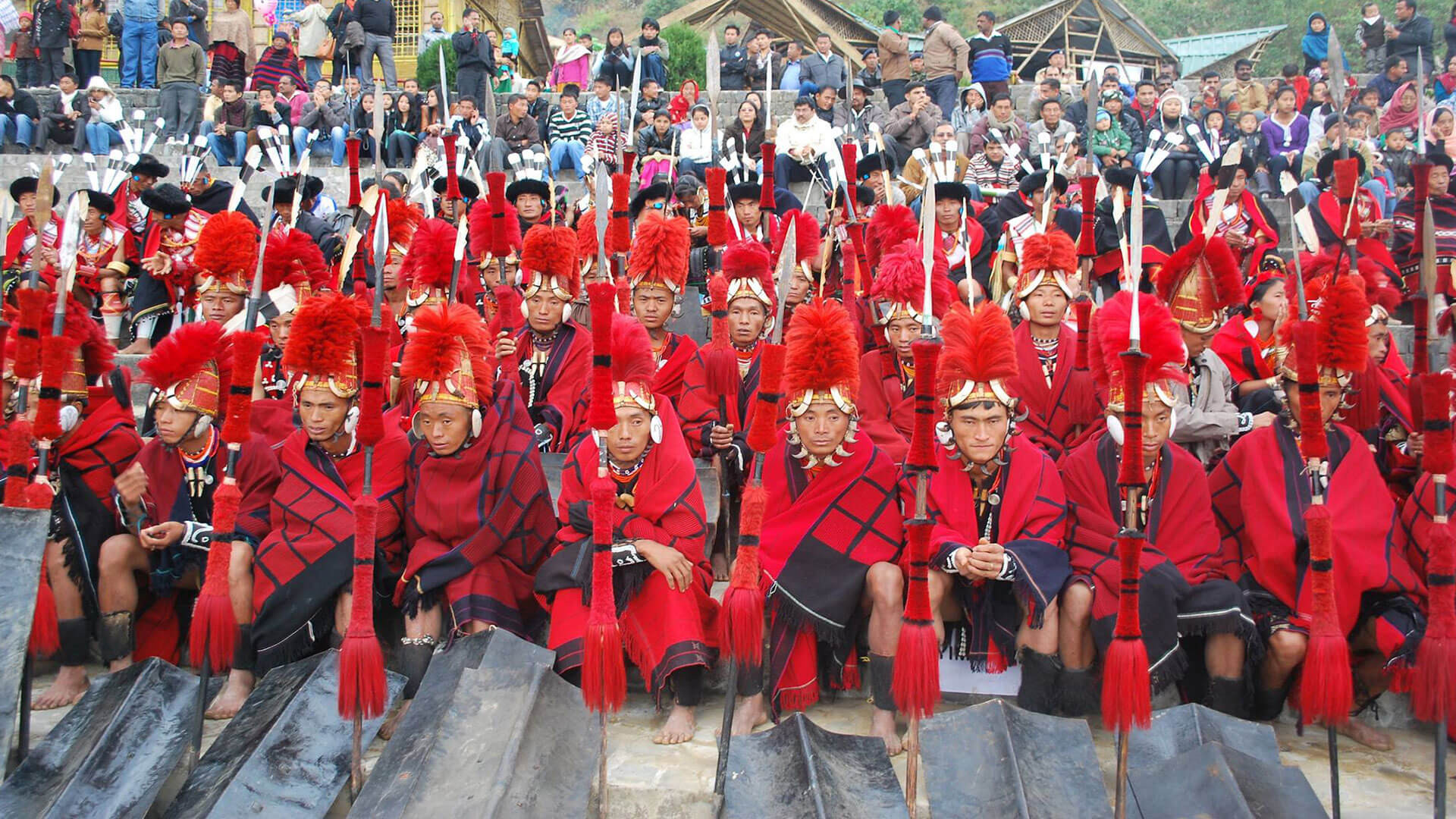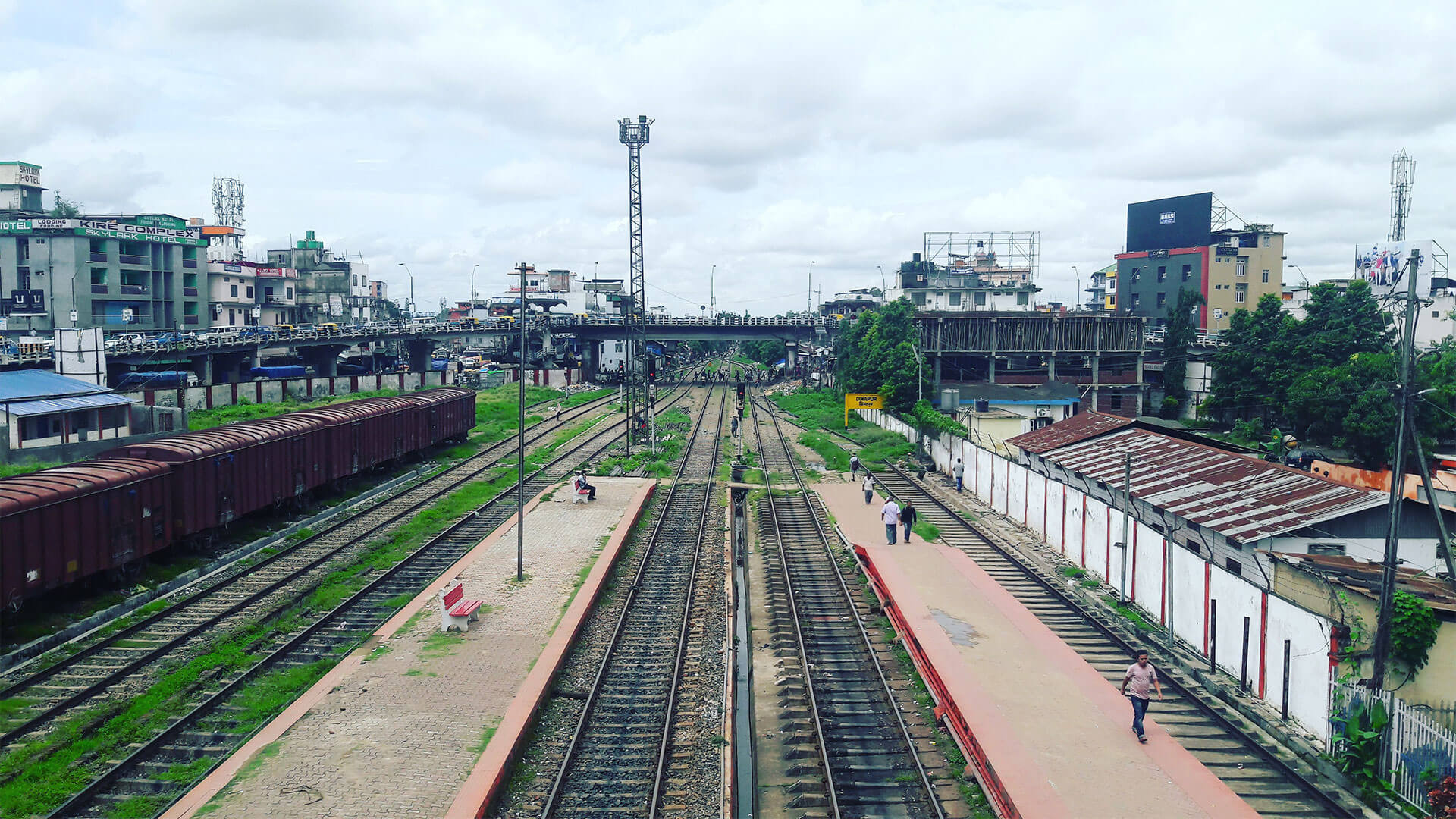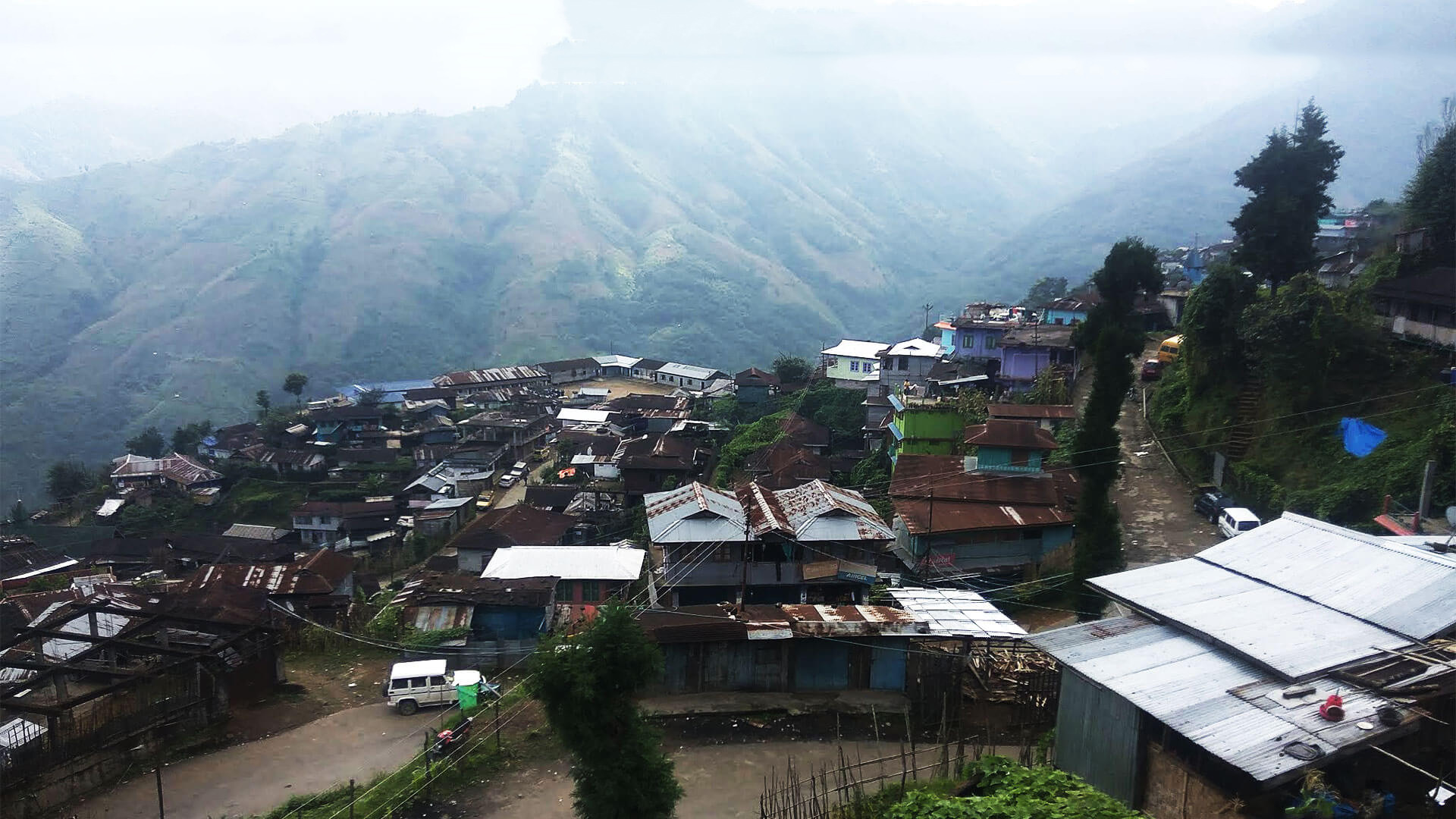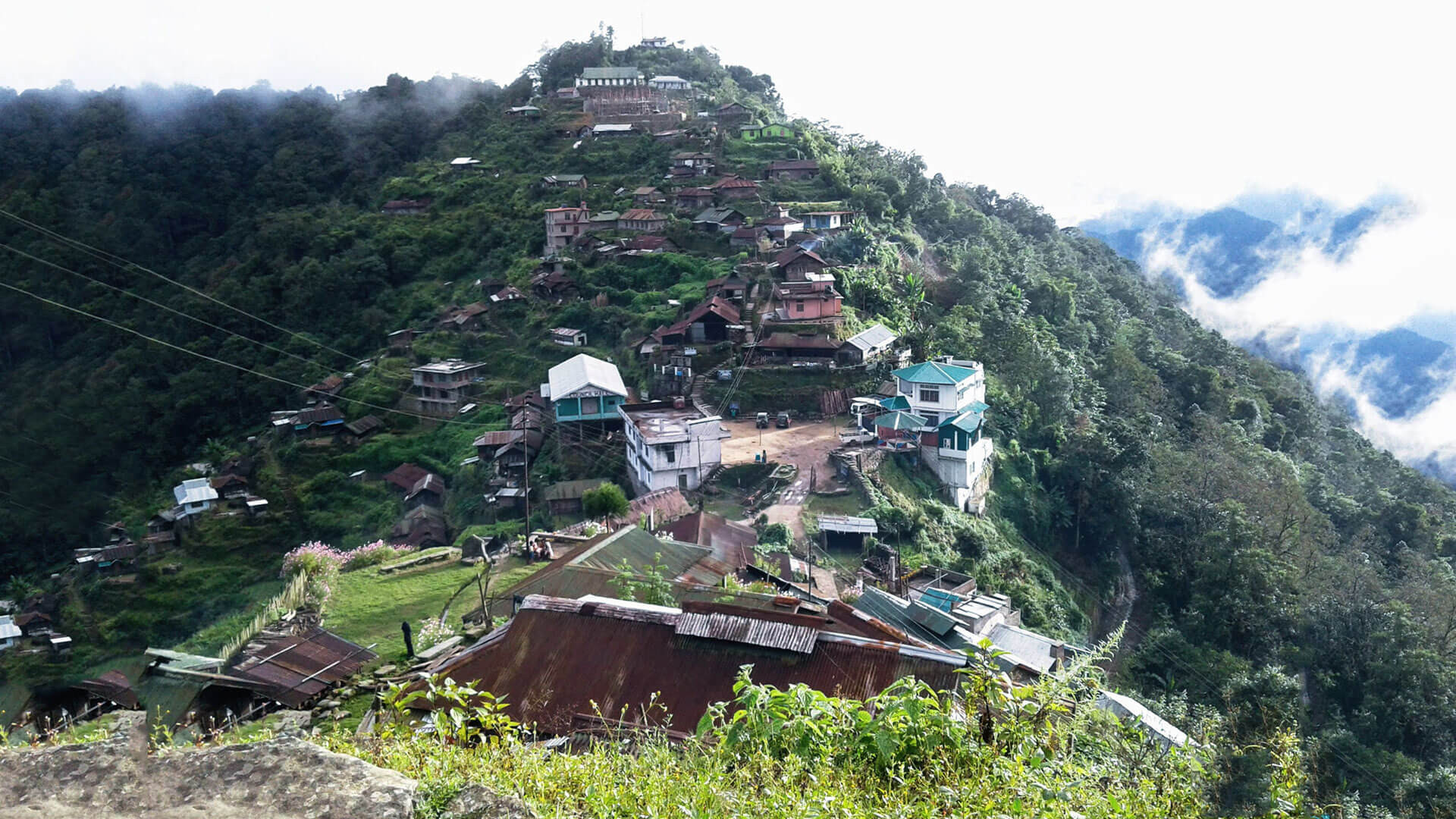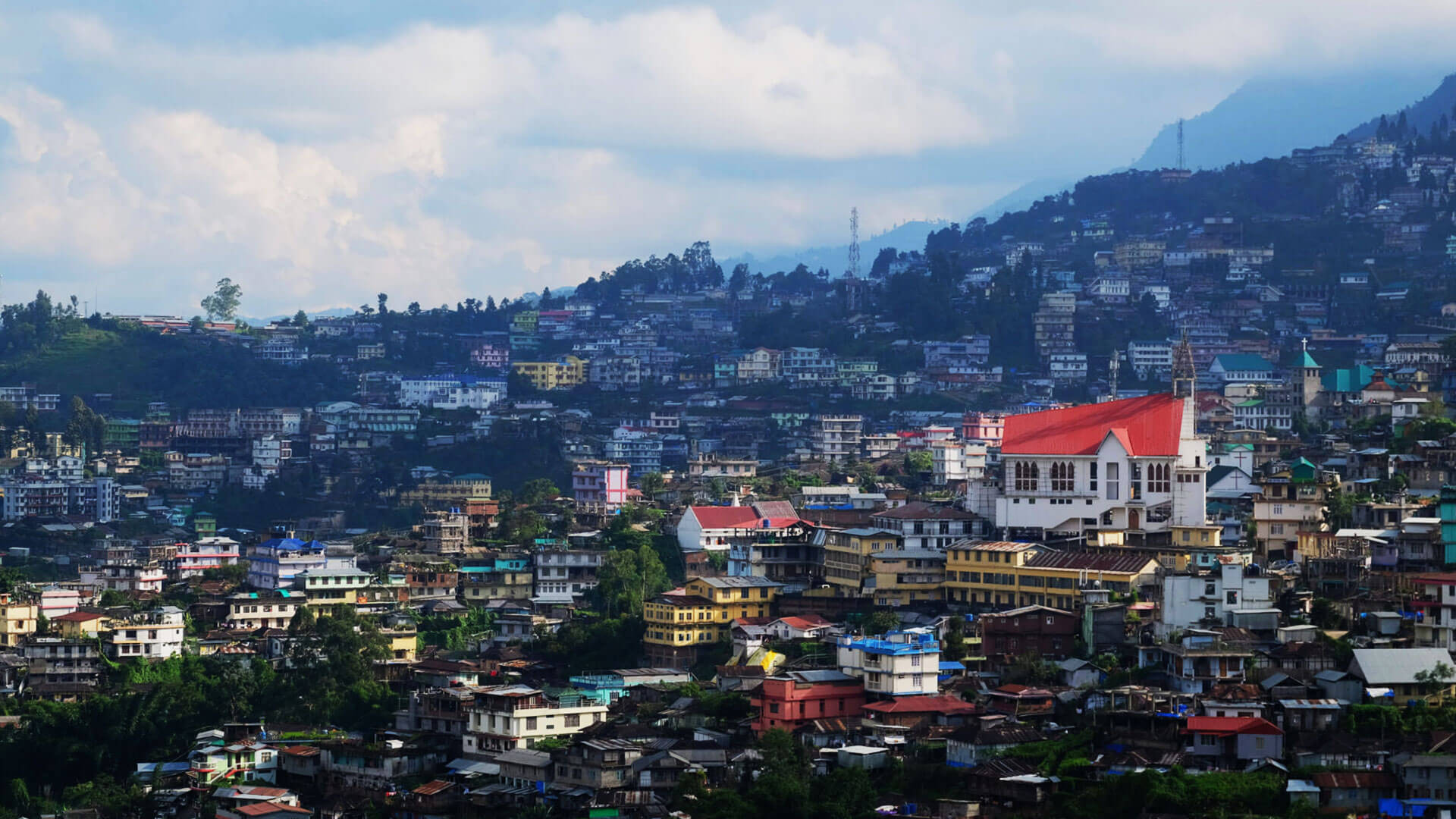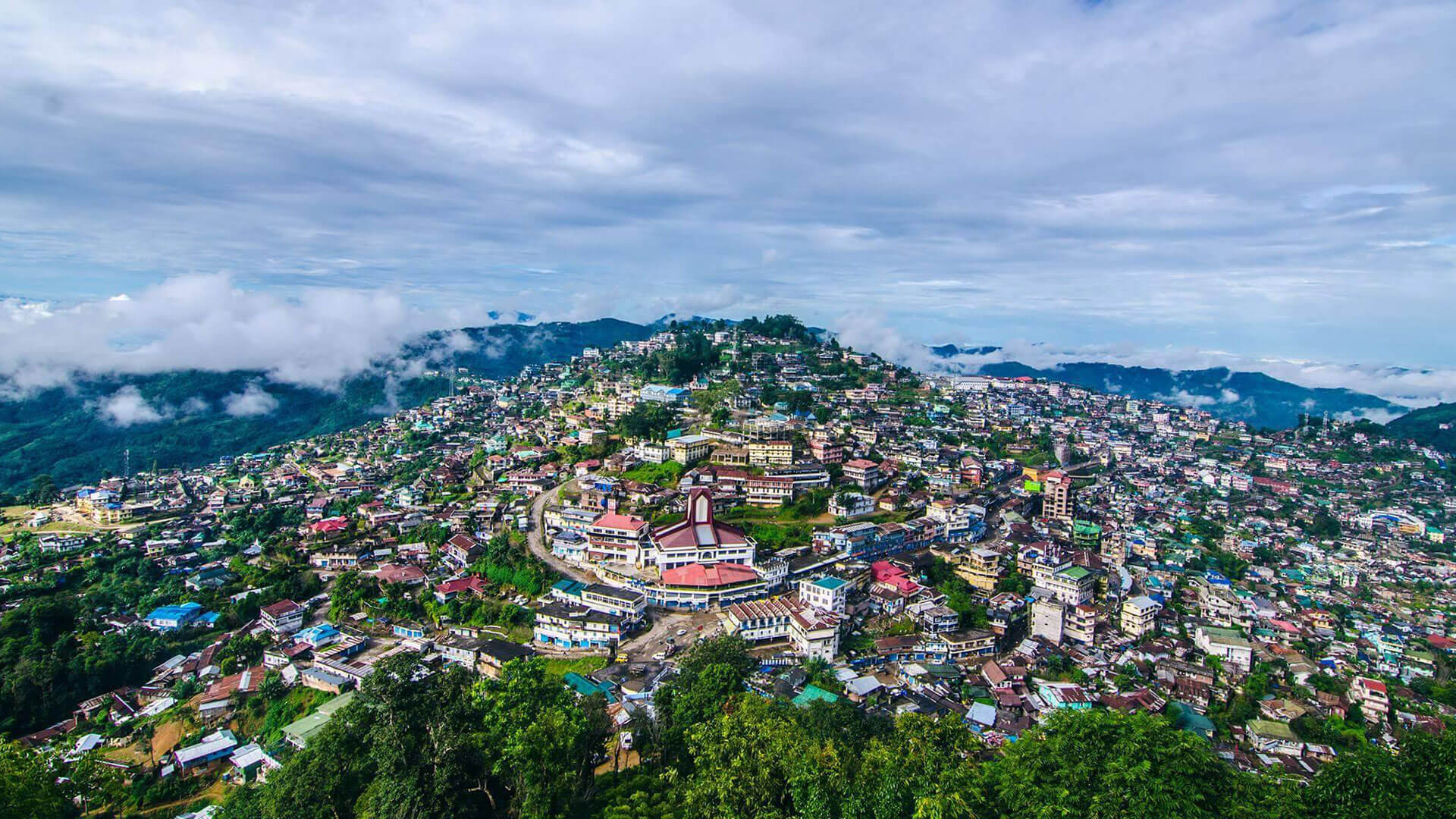Zunheboto - The Land of Warriors & Vibrant Culture
Located in the heart of Nagaland, Zunheboto is a hidden treasure that few travelers have found. This lovely town is surrounded by green hills, making it a peaceful getaway from busy city life. Zunheboto is known for its rich culture and friendly people, where tradition and nature blend together perfectly.
As you walk through its streets, you’ll be greeted by the friendly faces of the Sumi tribe, who call this town their home. Their vibrant culture, expressed through traditional dances, music, and festivals, brings Zunheboto to life in a way that’s both captivating and unforgettable. The town is also known for its breathtaking landscapes, with rolling hills and dense forests that are perfect for nature lovers and adventure seekers alike.
Whether you’re interested in exploring its scenic beauty, learning about its cultural heritage, or simply relaxing in its peaceful environment, Zunheboto offers something for everyone. It’s a place where you can slow down, take a deep breath, and truly appreciate the simple joys of life. For those looking to experience the heart of Nagaland, Zunheboto is the perfect starting point, offering a blend of natural beauty and cultural richness that will leave a lasting impression on your heart.
History of Zunheboto
Zunheboto, a town in Nagaland, India, has a rich history deeply intertwined with the culture and traditions of the Sumi Naga tribe, one of the major tribes of Nagaland. The name "Zunheboto" is derived from the words "Zunhebo," referring to a flowering shrub found in the area, and "To," which means "hill" in the Sumi language, indicating its location in the hilly terrain of Nagaland.
The history of Zunheboto is closely linked with the broader history of the Naga people, who have inhabited the region for centuries. The Sumi tribe, known for their warrior traditions, played a significant role in defending their territory from invaders and maintaining their cultural identity. The tribe's strong sense of community, coupled with their unique customs, has been passed down through generations, shaping the town's cultural landscape.
During the British colonial period, the Nagas, including the people of Zunheboto, experienced significant changes. The British administration introduced new systems of governance and attempted to integrate the region into their colonial structure. However, the Nagas, with their fierce independence, often resisted these efforts, leading to conflicts and uprisings. The Naga Hills, where Zunheboto is located, became a part of British India, but the local customs and traditions remained largely intact.
After India gained independence in 1947, Zunheboto became part of the newly formed state of Nagaland in 1963. The post-independence period saw the Naga people, including those in Zunheboto, striving for greater autonomy and recognition of their cultural identity. This period also witnessed the Naga movement for self-determination, which has been a significant aspect of the region's history.
Today, Zunheboto is known for its vibrant culture, particularly the Tokhu Emong festival, which celebrates the harvest and the spirit of community. The town has grown over the years, balancing the preservation of its traditional heritage with the influences of modernity. Despite the challenges, Zunheboto remains a testament to the resilience and rich cultural history of the Sumi Naga people.
Best Places To Visit In Zunheboto
Zunheboto is a beautiful tourist destination. It is among the best places to visit in Nagaland. Here's the list of places you can explore in Zunheboto.
1. Ghosu Bird Sanctuary
Ghosu Bird Sanctuary is a paradise for bird enthusiasts. Located just outside of Zunheboto town, this sanctuary is home to a wide variety of birds, including some rare and endangered species. The peaceful environment and the sound of birds chirping make it a great place to relax and connect with nature.
2. Satoi Range
The Satoi Range is a must-visit for nature lovers and adventure seekers. Covered in dense forests and surrounded by beautiful hills, this area is perfect for trekking and bird watching. The range is home to many rare species of birds and offers stunning views that make the effort worthwhile.
3. Zunheboto Town Baptist Church
Zunheboto is home to one of the largest Baptist churches in Asia, the Zunheboto Town Baptist Church. This massive structure is not only a place of worship but also a significant landmark in the town. Its architecture and serene atmosphere are worth experiencing, even if you’re not religious.
4. Sumi Cultural Village
To get a deeper understanding of the local culture, a visit to the Sumi Cultural Village is a must. This village showcases the traditional lifestyle, customs, and practices of the Sumi tribe. Visitors can see traditional houses, participate in local activities, and enjoy authentic Sumi cuisine.
5. Aizuto Town
Located near Zunheboto, Aizuto is a small town that offers a glimpse into the rural life of Nagaland. It’s known for its peaceful environment and beautiful landscapes. A visit to Aizuto gives travelers a chance to experience the simplicity and charm of village life.
6. Nagaland University, Lumami
Situated in a scenic location, Nagaland University in Lumami is another place worth visiting. The campus is surrounded by lush greenery and offers a peaceful environment for a leisurely stroll. The university’s location on a hilltop also provides panoramic views of the surrounding area.
7. Tokhu Emong Festival
Although not a place, experiencing the Tokhu Emong Festival is a must when visiting Zunheboto. This festival is celebrated by the Sumi tribe in November and is a time of joy, feasting, and traditional games. It’s a great way to witness the rich culture and community spirit of the local people.
8. Fakim Wildlife Sanctuary
This sanctuary is home to great wildlife such as tigers, hoolock gibbons and is spread over an area of 6.4 sq km. To visit this place, special permission is required from the State Forest Department. Moreover, the travelers who have a valid Inner Limit Permit would be allowed to go inside the areas which are restricted in the first place. To travel here the ideal time would be from the months of November to February.
9. Amiphoto Prayer Church
The Amiphoto Prayer Church is also quite an amazing tourist attraction to visit around and explore while on your trip to Zunheboto. So, if you are a spiritual person then you would absolutely love to spend some real quality time here with your loved ones.
Things to Do in Zunheboto
- Explore Asia’s largest Baptist church and admire its architecture.
- Go birdwatching at Ghosu Bird Sanctuary.
- Trek through the Satoi Range and enjoy nature at its best.
- Experience the vibrant Sumi Naga festivals like Tuluni & Ahuna.
- Visit the Doyang River to witness the Amur Falcon migration.
- Interact with the Sumi Naga tribe and learn about their warrior traditions.
Best Time to Visit Zunheboto
- October to April - Best for sightseeing, birdwatching, and cultural experiences.
- July - Perfect time to witness the Tuluni Festival.
- November - Ideal for experiencing the Ahuna Festival.
How to Reach Zunheboto
Zunheboto is quite an amazing tourist attraction known for its awe-inspiring beauty. It is situated from 2,347, 3,193, 1,449, 3,395 km from Delhi, Mumbai, Kolkata, and Bengaluru respectively. Here is how you can travel to Zunheboto by the following means of public transportation.
By Air
The nearest airports are Jorhat Airport (JRH) and Dimapur Airport (DMU) situated about 168 and 200 km away respectively. Dimapur Airport is quite an old airport as it was built during World War 2 and is also the only civil airport in the Northeast regions. The airport has been well-connected with other nearby cities. After deboarding your flight you will need to cover the remaining distance by some means of transportation.
By Train
The nearest railway station from Zunheboto is Dimapur station situated about 200 km away. It has been well-connected with nearby cities and states. From there, you can consider taking multiple options of public transportation available to reach your destination.
By Road
Taking into account your geographical location, a road trip to this place can really be fun. Especially, if you are traveling with your friends. You can also consider traveling to Zunheboto by interstate and private buses from the nearby regions, cabs or if it suits you, then, by your own vehicle as well.
- From Guwahati - 450 km via NH27
- From Tezpur - 315 km via NH715 or NH29
- From Kohima - 139 km via Chakabama-Mokokchung Rd
Frequently Asked Questions about Zunheboto
Q1: Where is Zunheboto located?
A1: Zunheboto is a town located in the northeastern state of Nagaland in India. It is nestled in the hills of Nagaland and is part of the Zunheboto district.
Q2: What is Zunheboto known for?
A2: Zunheboto is known for its rich cultural heritage, particularly of the Sumi Naga tribe. It is also famous for its beautiful landscapes, including lush green hills and dense forests.
Q3: How can I reach Zunheboto?
A3: The nearest airport to Zunheboto is in Dimapur, which is about 150 kilometers away. From there, you can take a taxi or bus to Zunheboto. The town is also accessible by road from Kohima, the capital of Nagaland.
Q4: What are the best times to visit Zunheboto?
A4: The best time to visit Zunheboto is between October and March when the weather is cool and pleasant. This period also coincides with some of the local festivals, offering a richer cultural experience.
Q5: What are some must-visit places in Zunheboto?
A5: Must-visit places in Zunheboto include the Satoi Range, Ghosu Bird Sanctuary, Zunheboto Town Baptist Church, and Sumi Cultural Village. These spots offer a mix of natural beauty and cultural insights.
Q6: What festivals are celebrated in Zunheboto?
A6: The most prominent festival in Zunheboto is the Tokhu Emong Festival, celebrated by the Sumi tribe in November. It is a time of thanksgiving, feasting, and traditional games.
Q7: What can I expect in terms of food in Zunheboto?
A7: Zunheboto offers traditional Naga cuisine, which is known for its unique flavors and ingredients, including bamboo shoots, smoked meats, and a variety of spices. The local food is often organic and fresh.
Q8: Is Zunheboto safe for tourists?
A8: Yes, Zunheboto is generally safe for tourists. The local community is welcoming and hospitable. However, as with any travel, it’s important to take basic precautions and respect local customs.
Q9: What is the local language spoken in Zunheboto?
A9: The primary language spoken in Zunheboto is Sumi, the language of the Sumi Naga tribe. However, Nagamese (a creole language) and English are also widely understood and spoken.
Q10: Can I find accommodation in Zunheboto?
A10: Yes, there are a few guesthouses and lodges in Zunheboto where you can stay. The accommodations are basic but comfortable, offering a pleasant stay for visitors.
Popular Packages
Blogs

Famous Foods of Nagaland 2025 - A Taste of Traditional Naga Cuisine
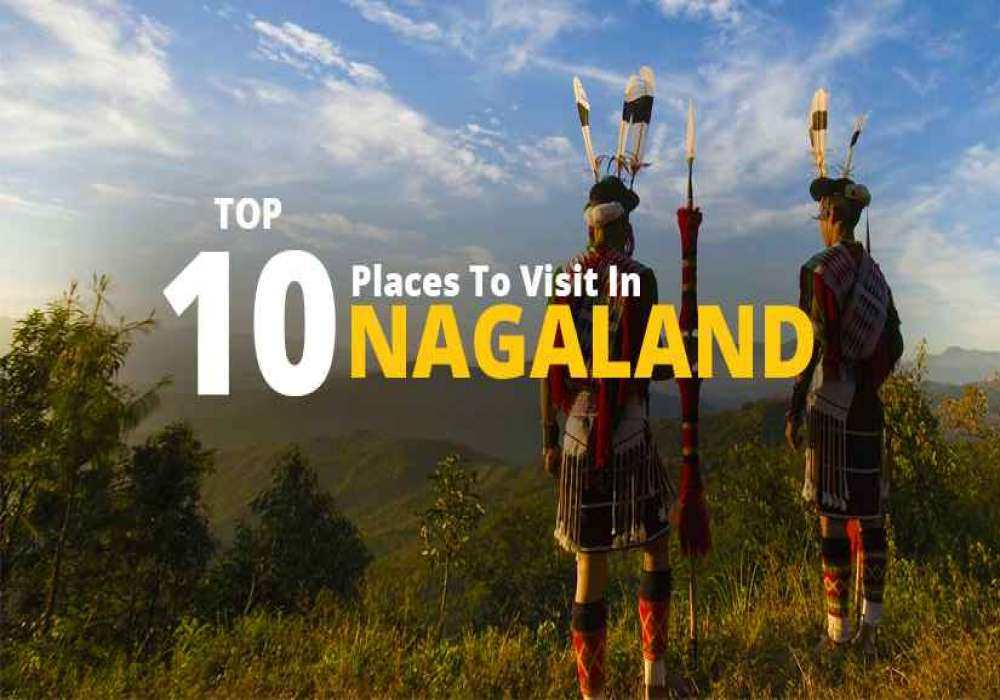
Places to Visit in Nagaland 2025 - Top Attractions and Hidden Gems

10 Famous Festival of Nagaland You Must Experience In 2025

Ultimate Travel Guide To Explore The Seven Sisters of Northeast India
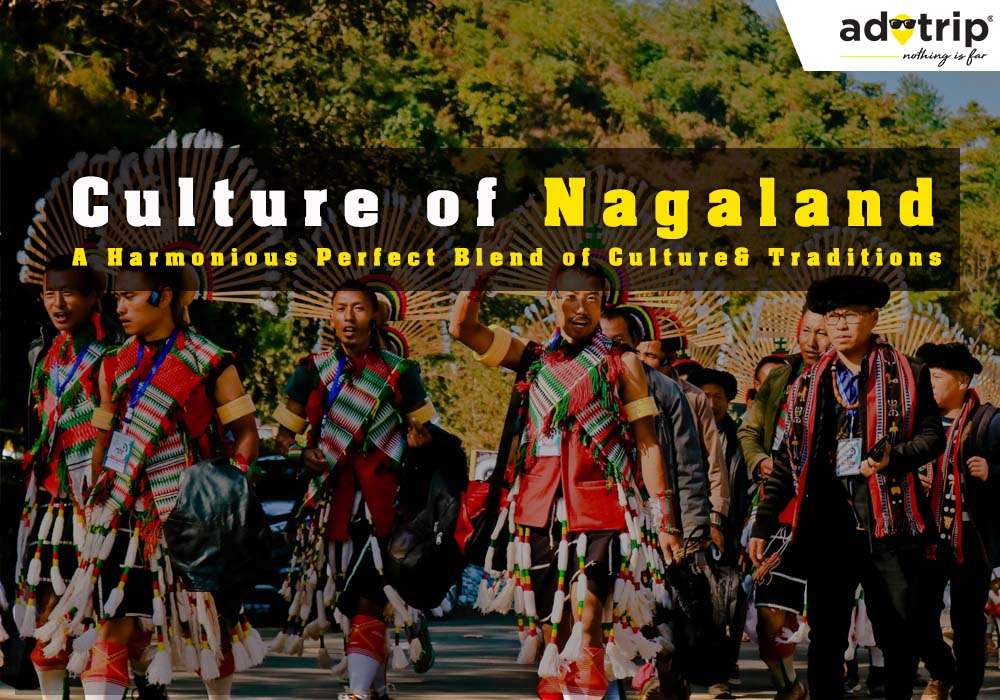
Culture Of Nagaland | Traditions, Food, Dance, Music
Nearby Stays

Niraamaya Retreats Aradura Kohima
P/C – 55, New Ministers Hill, Kohima, Nagala...
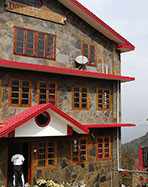
Dovipie Inn
Phetsu Kiku, T.Khel, Khonoma, Nagaland 797002
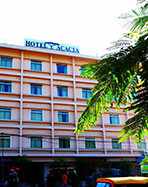
Hotel Acacia
Opp. East Police Station, Near Dimapur Railway Sta...

Hotel Grand Horizon
Shizo Complex Hazi Park, Dimapur, Nagaland 797112


